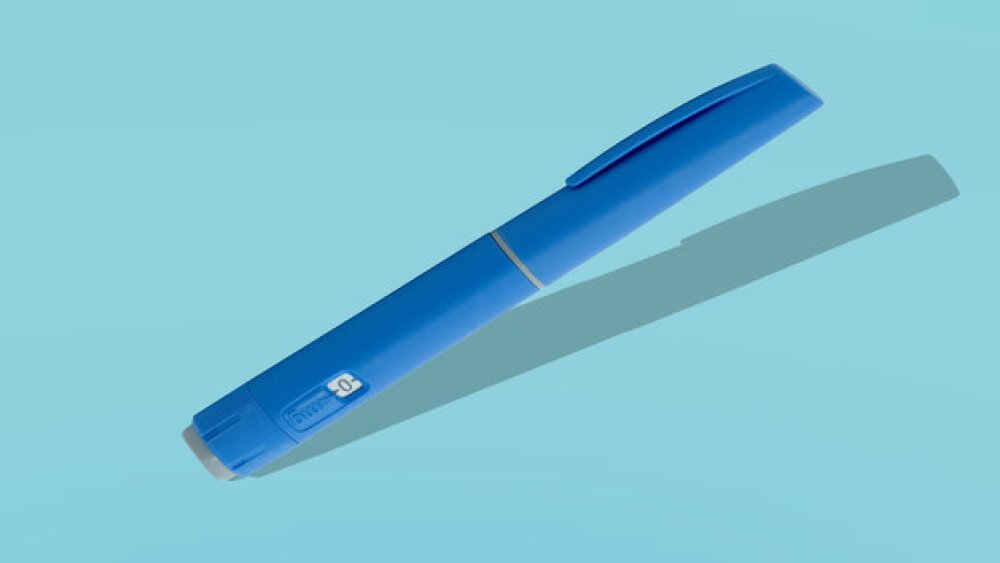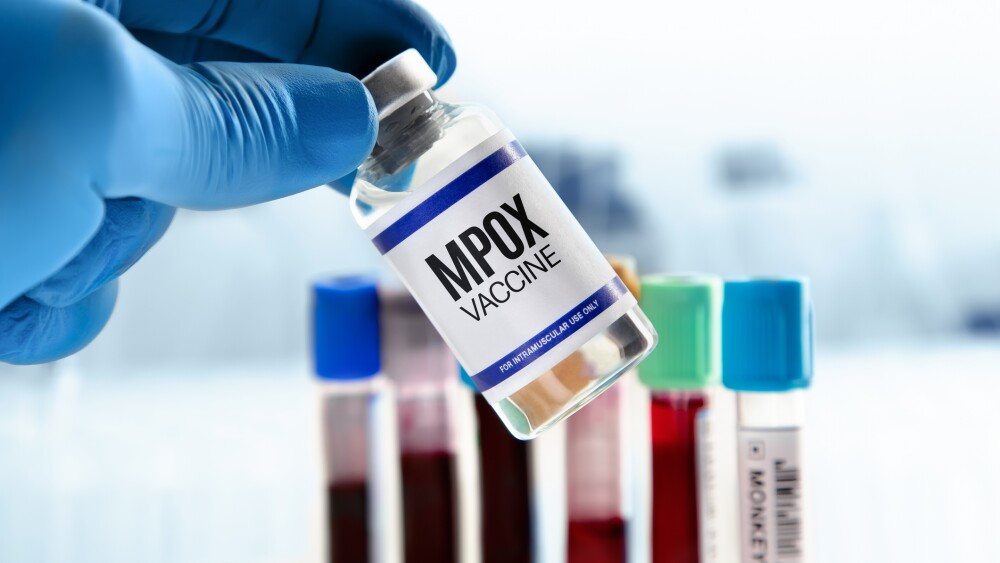Shares of Voyager Therapeutics fell in aftermarket trading after its CEO and CMO announced plans to depart the company following clinical setbacks with a Parkinson’s disease program.
Shares of Voyager Therapeutics fell in aftermarket trading Wednesday after its chief executive officer and chief medical officer announced plans to depart the company following clinical setbacks with a Parkinson’s disease program. The Cambridge, Mass.-based company is also shifting its strategic focus to maximize the potential of its adeno-associated virus (AAV) technology.
CEO Andre Turenne will leave the company in June for new, undisclosed opportunities. He will continue to serve Voyager in an advisory role to assist with the transition. A search is underway for a full time CEO.
CMO Omar Khwaja, who was also head of research and development, will depart Voyager at the end of this month. Khwaja will return to Europe to pursue a new scientific and clinical leadership opportunity, the company said.
Michael Higgins, chairman of Voyager’s board of directors, will assume the role of interim CEO, and Glenn Pierce, a board director, will be the interim chief scientific officer (CSO). Maria Lopez-Bresnahan, head of translational medicine and clinical development, will remain in place and continue to lead the company’s clinical development programs, including Voyager’s program for Huntington’s disease.
The shift comes a few months after Voyager and Neurocrine Biosciences terminated a Parkinson’s disease gene therapy program. The FDA placed two consecutive clinical holds on the gene therapy asset due to safety concerns, resulting in it being stopped.
When Neurocrine ended the partnership on that asset in February, Voyager said at the time it was done so after Neurocrine initiated its own portfolio review and prioritization.
As Higgins takes the company’s reins, Voyager will shift its strategic focus to place emphasis on its TRACER (Tropism Redirection of AAV by Cell-type-specific Expression of RNA) technology, a next-generation AAV capsid platform.
In its announcement, Voyager said it expects the TRACER platform to enable the development of novel gene therapy candidates for severe neurological diseases that have been challenging to address with conventional approaches. One of its lead assets is VY-HTT01, its gene therapy candidate for the treatment of Huntington’s disease.
The company recently received an Investigational New Drug clearance from the U.S. Food and Drug Administration (FDA) to initiate VYTAL, a Phase I/II clinical trial. The study is expected to begin in the fourth quarter of this year.
Earlier this month, the company showcased some preclinical data with its AAV capsid TRACER 9P801 in the central nervous system of non-human primates. A subset of the capsids resulted in more than 1,000-fold or higher transgene expression in the brain and 100-fold higher transgene expression in the spinal cord than AAV9.
The novel capsid effectively penetrated the blood brain barrier and achieved widespread biodistribution and transduction of multiple brain regions, including the cortex, thalamus, striatum, cerebellum, brainstem, and spinal cord.
Higgins said Voyager was in a transformational time period. In a brief statement, he acknowledged that the TRACER platform has the potential to generate novel capsids that can provide therapeutic benefit to a broad range of diseases that have so far been difficult to address with current AAV delivery methods.
“We believe the novel capsids will allow Voyager to create highly differentiated, next-generation AAV gene therapies for serious neurological diseases and enable licensing and partnership opportunities both inside and outside of the neurology space,” Higgins said in a statement.
“We anticipate an eventful year ahead with the initiation of our planned Phase I/II clinical trial for VY-HTT01 for Huntington’s disease, the expected advancement of our earlier stage pipeline programs powered by our novel capsids, further investment in TRACER and other vector engineering technology, and potential strategic partnership and licensing deals.”





